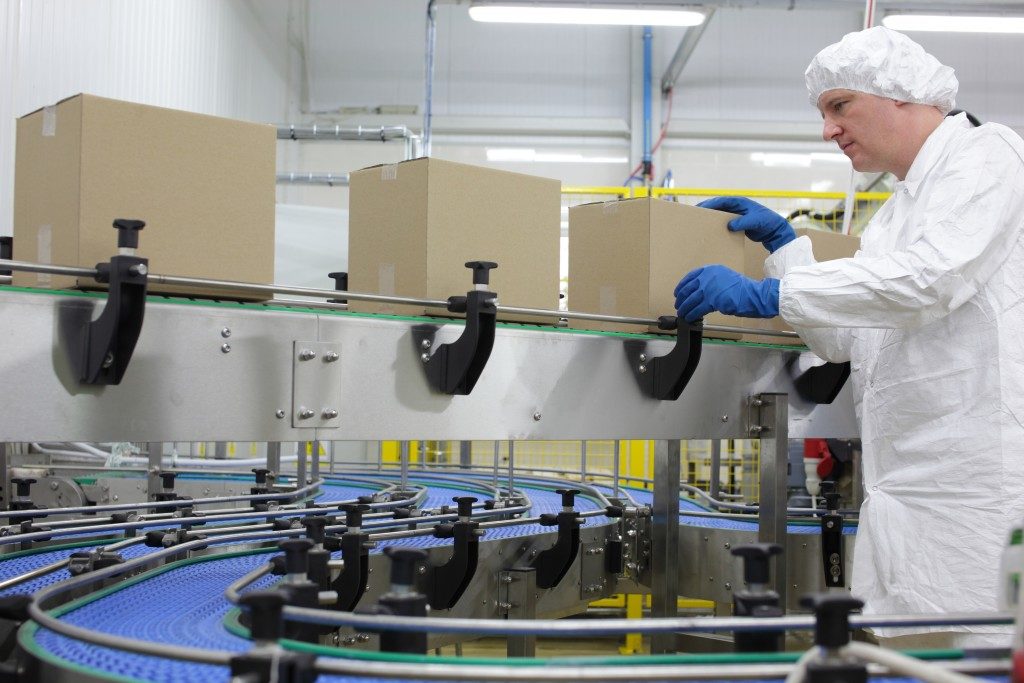Take a quick look at manufacturing today and you’ll see that many of our products tend to be mass produced. With materials becoming more accessible to manufacturers and the market demand soaring higher than ever, we can get most of the things we need fast.
Home utensils, large plastic water storage tanks, toothbrushes, car, and medical equipment are all manufactured using injection molding, or at least some of their components were. It’s safe to say that any business or industry that’s looking to produce on a large scale efficiently and economically can turn to injection molding at some point.
So, how does this technology work?
A mold is cast in the shape or design of the desired final product, then a series of nozzles or pumps “inject” the material needed in between the spaces of the mold. The result is an exact replica of the mold inside the box.
This is useful for two reasons:
Additive process
Unlike other conventional methods such as CNC cutting that need to subtract the desired result from a square sheet, injection molding works by just adding the material needed. This allows for significant cutbacks in wasted material, a critical need for plenty of companies today.
Small margin for error
While it’s critical that the mold is up to the desired standards, once that hurdle has been cleared, the possibility for error is very low when it comes to injection molding, as the mold will limit any parts or fill in any gaps given its nature.
Safe, practical, and economical

Injection molding has become the manufacturing process of choice when it comes to products that need to be produced in bulk and delivered to multiple market segments. Usually, the product is good enough for sale fresh out of the mold. Sometimes, they only need a little amount of polishing or possibly cutting before being sold.
Materials used for injection molding
The majority of products that are manufactured from this process are often plastics since, in their heated form, plastics are malleable and workable enough to efficiently be placed in a mold. Cooled plastic also has excellent strength to weight ratio, which means a thick layer can be achieved for extra durability without being too heavy (think of your mono block chairs).
However, other materials, such as metal (in a process called die-casting) and glass, can also be used in injection molding and can reap the benefits of the process just as well as plastic can. As for the molds themselves, they are always made from alloyed metal, such as steel and aluminum, to hold their shape for a long time, This means the initial costs for creating a mold are outweighed by the potential benefits.
If you’re looking for a good way to manufacture goods reliably and economically, consider injection molding. Many companies offer their services and cater to whatever needs you might have, and the investment isn’t something you’ll regret in the future. Start looking for the right manufacturing partner or supplier today.

